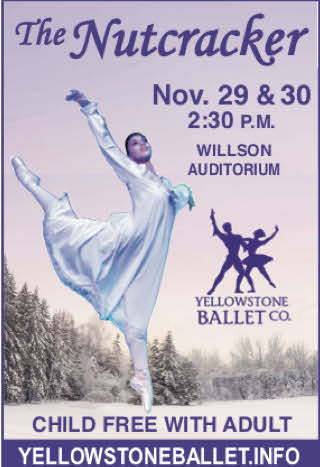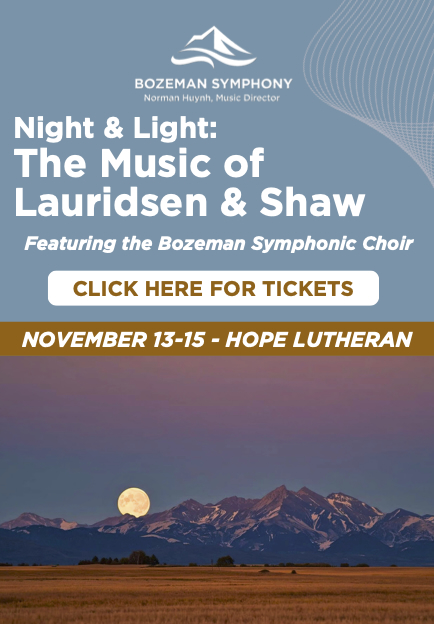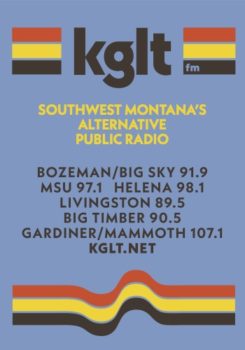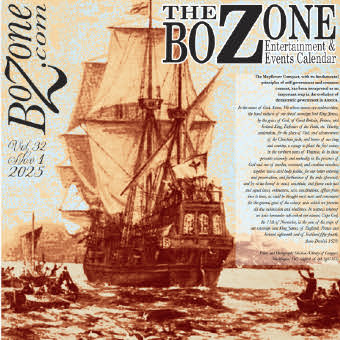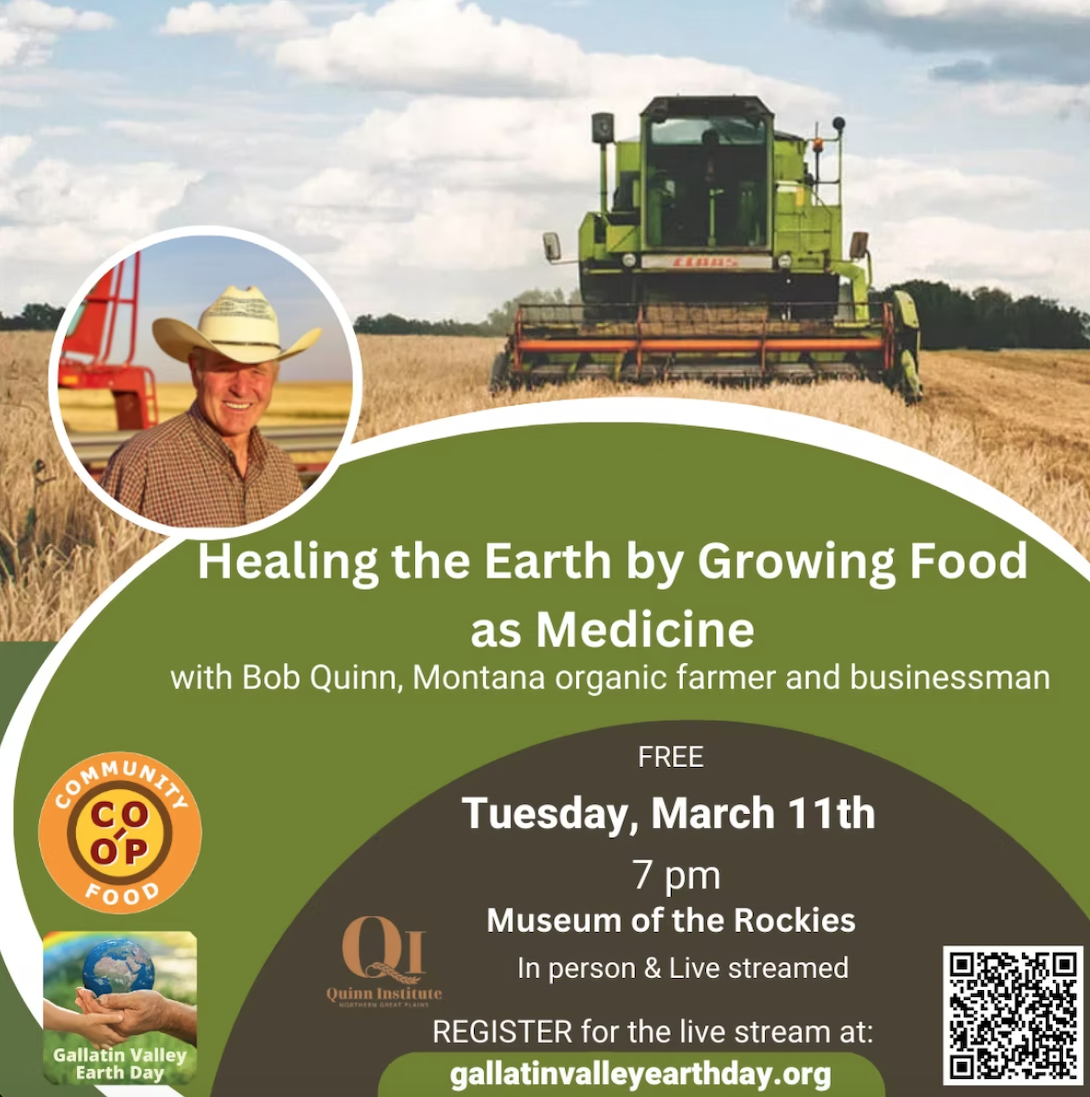From MSU News Service
Admission to Montana State University’s Museum of the Rockies will be free for Montana residents from 9 a.m. to 5 p.m. Saturday, Feb. 25, as part of the first MOR Montana Day.
Montanans visiting the museum can explore two special limited-time exhibits, cultural and natural history exhibits, children’s exhibits, planetarium shows and the museum store. The free admission is possible thanks to support from U.S. Bank.
The museum is home to one of the world’s largest collections of North American dinosaurs, including Tyrannosaurus rex and a growth series of the horned Triceratops, showing the species from juvenile to adult through a series of fossilized skulls, as well as a nearly complete Allosaurus and numerous dinosaur eggs.
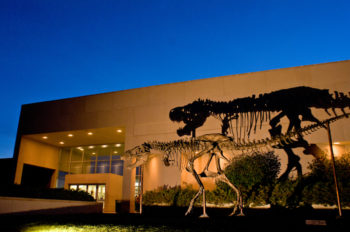
MSU photo by Kelly Gorham
The museum’s Taylor Planetarium lets visitors experience the universe and world in vivid colors, dramatic motion and brilliant displays of light. The planetarium is currently screening “Black Holes: The Other Side of Infinity” and “Chasing the Ghost Particle” under its 40-foot dome.
The visiting exhibit “Under the Arctic: Digging into Permafrost” looks at climate change through the lens of a thawing Arctic. Visitors are transported to the Arctic through the sights and smells of the nation’s only permafrost research tunnel, and shows the engineering challenges posed by thawing permafrost. The exhibit also includes Ice Age fossils, ancient ice cores and interactive games.
The museum’s other visiting exhibit, “Marvelocity: The Art of Alex Ross,” showcases original multimedia art from Ross’s most recent book. Considered one of the greatest artists in the field of comic books, Ross has revitalized classic superheroes into works of fine art. Attendees will learn about how he developed into an illustrator through childhood drawings, sketches, paintings, video and 3D busts of Marvel Comics characters.
The museum also features the Martin Children’s Discovery Center. Based on the science of Yellowstone National Park and geared toward children up to age 8, the center encourages young explorers to touch, smell, look at and listen to Yellowstone’s features and creatures. •
